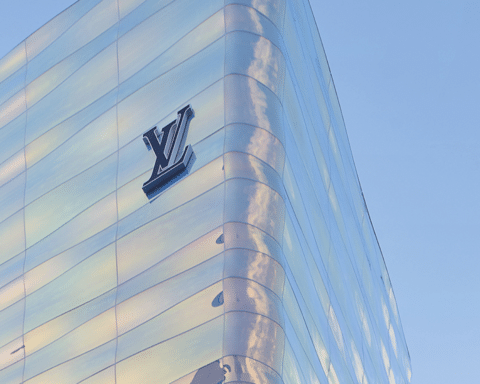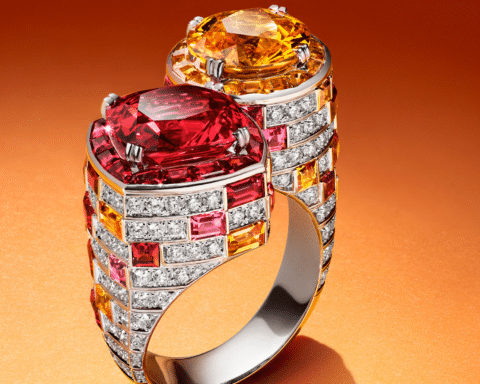The dream is eternal and knows no limits, and the luxury industry is its most fervent ambassador. However, economic uncertainty and polycrisis have reinforced the need to create or maintain new interpersonal links. In this changing environment, which is increasingly complex to anticipate, luxury brands are sparing no effort to invest in messages and creative proposals aimed at the… extended family.
What if the remedy for this horizon, in which more and more individuals are finding it hard to project themselves, was to summon up structuring landmarks such as the family and the book, which are so many refuges against the impermanence of a hyper-connected world?
However, it is no longer just a question of referring to the traditional nuclear family, but also including pets, particularly in Asia. So much so that the latter are replacing the “pig under a roof” observable in the ancestral Jia 家 character traditionally designating the home.
Faced with a digital world that fragments exchanges but where disconnection is less obvious than it might seem, luxury plays recreates veritable pre-internet time capsules, cherishing long time (trains, cruises, reading…) and the solicitation of all the senses, particularly taste.
After reviewing the results of the major luxury brands, whose growth has been hampered by the global economic slowdown, and analyzing the new strategies (commercial and organizational) needed to face up to the normalization of the sector, we turn to the key values that are being called upon more than ever, both by its aspirational clientele and by its best customers.
Conviviality is the Key
The quest for conviviality has led to increased diversification in the hotel-restaurant sector, with the announcement of the very first Louis Vuitton hotel on the Champs-Elysées and the 01 Place Vendôme recently inaugurated by Chopard.
According to Anaïs Bournonville, co-founder of Reverse Group, the development of food and beverage offerings has been particularly strong, especially in China, with unprecedented collaborations. “In China, as in Europe, we’ve seen the rise of the Louis Vuitton restaurant in Chengdu, the Margiela café in Hunan, Valentino ice cream in Shanghai, and the Moschino Panettone in collaboration with Milanese pastry chef Martesana.” This expert on the Chinese market adds: “This meeting of universes gives a new creative breath to the world of luxury, which is constantly reinventing itself while respecting its cultural origins. It will be interesting to see whether this trend continues or falters in 2024.”
Luxury takes into account this need for accessible escapism and new conversations that young people demand through the development of its catering offer, a vector for sharing and conviviality. The Art of the table is not to be outdone, either, with Louis Vuitton launching its first collection of tableware with which to share a special moment with loved ones.
In 2023, more than ever, the quest for experience preceded possession. While cruise ship bookings soar, the railways are preparing to revolutionize luxury travel. No fewer than 8 prestigious rail journeys have been counted across the globe. Belmond (LVMH) and SNCF (with Accor) are preparing to revive the legendary Venice Simplon Orient-Express and Orient Express, respectively, this year. Journeys that bring families and generations together.
Indeed, luxury plays the role of pater familias, an extended family of friends and offspring (both human and animal). 2023 saw the development of children’s fashions (Jacquemus, Chanel Etoile…) and first-age products, notably in sporting fields such as skiing, surfing on the Chinese and American attraction to the mini-me trend.
And in the absence of children, at a time when infertility is on the rise worldwide and the epidemic of loneliness is striking ever more numerous and younger individuals, luxury is increasingly offering the possibility of pleasing one’s pets with all the panoply necessary for the modern-day canine dandy.
With furballs as spoiled as our little blondes, the commercial potential is not without its share of covetousness. For example, as Corinne Thiérache and Adrien Bansard point out, Hugo Boss succeeded in having the European Union’s “DOGBOSS” trademark application for animal products rejected on the basis of the reputation of its earlier trademark.
Cultural Vector
Featured Photo: Montage © Grauman’s Chinese Theater Hollywood, Los Angeles; Prada Caffè Harrods, London; Gucci Pet Collection 2023 campaign; Devotion perfume by Dolce & Gabbana; La Dolce Vita train suite by Accor; Bucherer 2013 campaign, Paris































